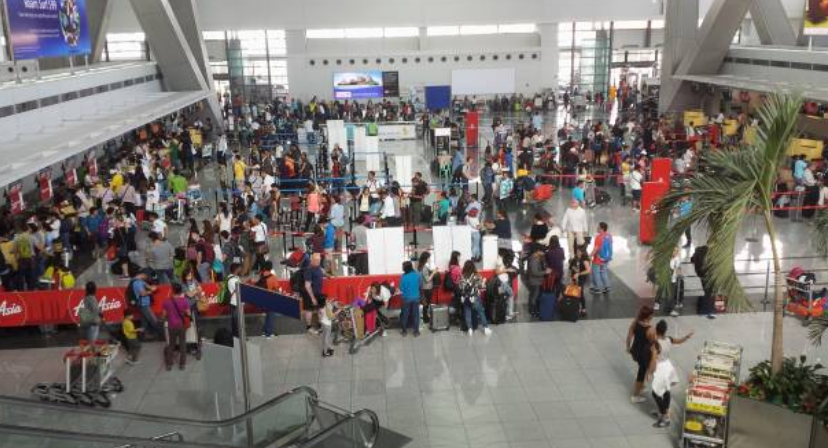The Sangley Point International Airport continues to be in the agenda of the country as one of the viable alternatives to decrease footfall at the Ninoy Aquino International Airport as a 500-page study was received by the country’s economic planners last month upon submission of the provincial government of Cavite.
The project will reported by aligned with China’s “One Belt, One Road” policy to not only ease air congestion at NAIA, it would also be a catalyst for the growth of air traffic in the Philippines while avoiding limitations due to lack of available land, generating thousands of jobs in the process as per a report from Inquirer.
The Sangley Airport will reportedly cost about P508.5 billion based on the study. One runway will be opened during its first phase by 2023 and has a design capacity to hold footfall of over 25 million passengers per year.
A collaborative team of international and local experts prepared the feasibility study, dated Dec. 12, 2018. Inquirer also notes that the team included experts from NATS and RDC from the United Kingdom as well as Hong Kong’s OTC.
The Cavite government has shown that it’s keen to build the massive airport with its submission of the report. The airport is expected to be built around more than 1,500 hectares or reclaimed land from a formal US naval base in Sangley Point.
The study as mentioned that following the first phase, the aim is to build up to 4 more run ways to collectively serve more than 130 million passengers per year by the year 2050. The project will also have a 25-year concession period, that can be renewed for another 25 years.
“The participation of Chinese-funded institutions in the construction of the Sangley Airport will help deepen the ties between the Philippines and China, especially deepen mutual trust and maintain regional political and economic stability,” a portion of the study read.
The investment coordination committee of the National Economic and Development Authority (Neda) received the 500-page study from the government of Cavite last Dec. 17, as per Inquirer. Approval of the Neda board, chaired by President Duterte would be required to push through with the project..




